
 the Denver,
South Park and Pacific Railroad
the Denver,
South Park and Pacific Railroad
Introducing The South Park Line
This page covers history, route,
construction, trackwork, early photos, timetables, passes,
ane other documents related to the railroad's development. The
"South Park" part of the railway's name comes from the formal
name of a large, relatively level, grass land southwest of
Denver. This is the initial route before
attacking the mountainous routes
to Leadville and Gunison.
 The
Denver, South Park and Pacific Railroad, known to friends and
fans as "The South Park Line", is my favourite narrow
gauge railway, partly because of the scenery, the difficulty,
and the underdog status of the road. Another reason is that the
South Park was the largest user of
Mason Bogies, my favourite locomotive. They
were the most artistically finished locomotives of any era, with
pin-striping, glorious colour schemes, and curvaceous fittings
where rectangular would have sufficed. And there were all those
wonderfully unique Nesmith
and Congdon style
smokestacks. Few railroads had so many distinctive identifying
characteristics.
The
Denver, South Park and Pacific Railroad, known to friends and
fans as "The South Park Line", is my favourite narrow
gauge railway, partly because of the scenery, the difficulty,
and the underdog status of the road. Another reason is that the
South Park was the largest user of
Mason Bogies, my favourite locomotive. They
were the most artistically finished locomotives of any era, with
pin-striping, glorious colour schemes, and curvaceous fittings
where rectangular would have sufficed. And there were all those
wonderfully unique Nesmith
and Congdon style
smokestacks. Few railroads had so many distinctive identifying
characteristics.
This page contains a brief
construction and corporate history,
route map, early photos,
timetables, schedules,
certificates, and passes, PLUS a bonus section on stuvs and
harps.
Scrpll on down to see all the stories on how the South Park Line
came to be one of the most interesting of the earlt mountain
raikways.
Other pages on this website contain equipment rosters,
plans and drawings, and representative photos of prototype
and model locomotives and rolling stock in colour, where ever
possible.
 Life
and Times of the "South Park"
Life
and Times of the "South Park"
The
first DSP&P locomotive was a Dawson and Bailey 2-6-0 built in
1874, named "Fairplay". The second was a D&B 4-4-0 named "Platte
Canyon". Five boxcars, five coal cars, thirty flat cars, one baggage
and one passenger car were built in 1874 by Hallack and Brothers in
Denver -- a small beginning for a railroad with big dreams for
conquering the fearsome mountains of Colorado.
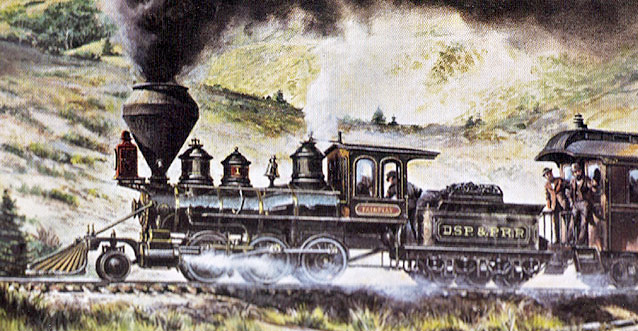
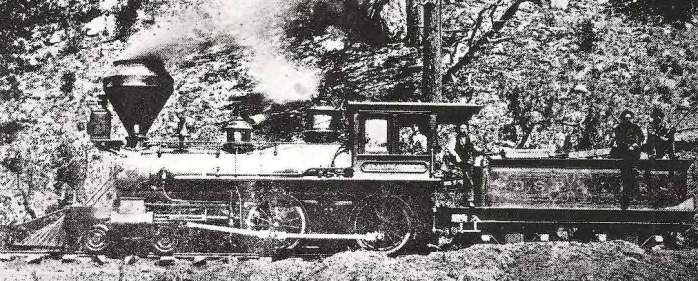
DSP&P 2-6-0 #1 "Fairplay", drawing by Phil Ronfor DSP&P 4-4-0 #2 "Platte Canyon" built in 1874
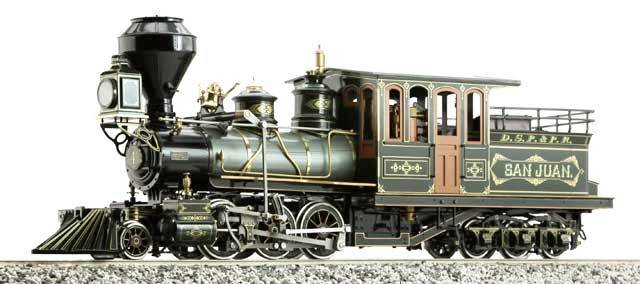 Not much equipment was
acquired during the slow period between 1874 and 1878. Then new
money and the prospect of profits from shipping silver ore brought
14 brand new 2-6-6T Mason Bogie locomotives in 1878. These were
numbered 3 through 16, and had names assigned that disappeared in
later years. Nine passenger cars
from Barney and Smith (6 built by DSP&P at Denver) arrived in
1878 and early 1879.
Not much equipment was
acquired during the slow period between 1874 and 1878. Then new
money and the prospect of profits from shipping silver ore brought
14 brand new 2-6-6T Mason Bogie locomotives in 1878. These were
numbered 3 through 16, and had names assigned that disappeared in
later years. Nine passenger cars
from Barney and Smith (6 built by DSP&P at Denver) arrived in
1878 and early 1879.


Accucraft 1:20 scale Mason
Bogies DSP&P #4 and #6, "San Juan" and "Ten Mile"
 Three second hand D&B
2-6-0 Moguls, numbered 17, 18, and 19, built in 1875 arrived in 1879, followed by 5 more
2-6-6T’s, numbered 20 - 24, and four 2-8-6T’s in 1880,
numbered 25 - 28.
Three second hand D&B
2-6-0 Moguls, numbered 17, 18, and 19, built in 1875 arrived in 1879, followed by 5 more
2-6-6T’s, numbered 20 - 24, and four 2-8-6T’s in 1880,
numbered 25 - 28.
Twenty seven more passenger
cars (including baggage, mail, and combines) and six Pullman
sleepers arrived between 1879 and 1884. Several hundred freight
cars, mostly 26 to 27 foot, 10 to 14 ton capacity, were delivered
between 1880 and 1884. Some 1883 and 1884 cars had a
capacity of 20
tons.
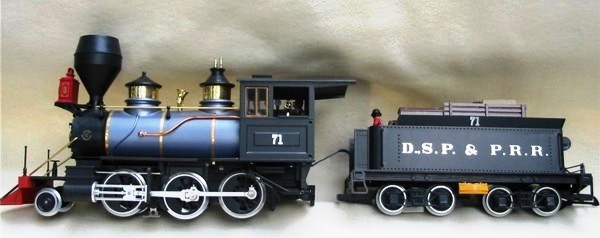
 Cooke Mogul DSP&P #71
Cooke Mogul DSP&P #71
During 1883 and 1884, a
large group of Brooks and Cooke 2-6-0 Moguls and 2-8-0
Consolidations joined the fleet, bringing the locomotive roster to
74 at the time of the UP takeover in 1885. Many of these survived
to become C&S locomotives in 1899. Only one of the Mason Bogies
made it into the C&S era.
At its peak, the South Park boasted 74 locomotives, more than
1300 freight cars, and nearly 50 passenger cars spread over 260
miles of mainline tracks.
See South
Park Equipment Rosters.

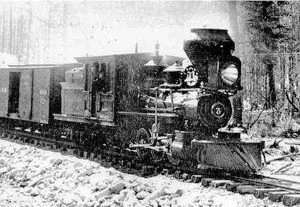 DSP&P
Corporate History
DSP&P
Corporate History
The Denver, South Park, and
Pacific Railroad was a 3-foot gauge railway that served the mining
boom of the late 1800’s in the mountains of Colorado. Construction
began in 1873. The line from Denver to Leadville via Como was
completed in 1880, and to Gunnison through the Alpine Tunnel in
1882.
In 1885, the Union
Pacific Railroad purchased a majority interest in the DSP&P,
resulting in a re-numbering of all locomotives and rolling stock to
match the UP family system. The DSP&P was reorganized
in 1889 by UP as the Denver, Leadville and Gunnison Railroad.
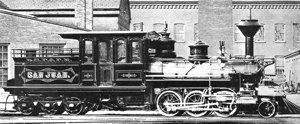 In
1894, the DL&G went into receivership and successfully emerged in
1899 as a profitable enterprise. The Union Pacific, Denver and Gulf Railroad,
previously the Colorado Central, running over the Georgetown Loop to
Silver Plume, also came out of receivership in late 1898. The DL&G and UPD&G were then merged to
become the Colorado and Southern Railway.
In
1894, the DL&G went into receivership and successfully emerged in
1899 as a profitable enterprise. The Union Pacific, Denver and Gulf Railroad,
previously the Colorado Central, running over the Georgetown Loop to
Silver Plume, also came out of receivership in late 1898. The DL&G and UPD&G were then merged to
become the Colorado and Southern Railway.
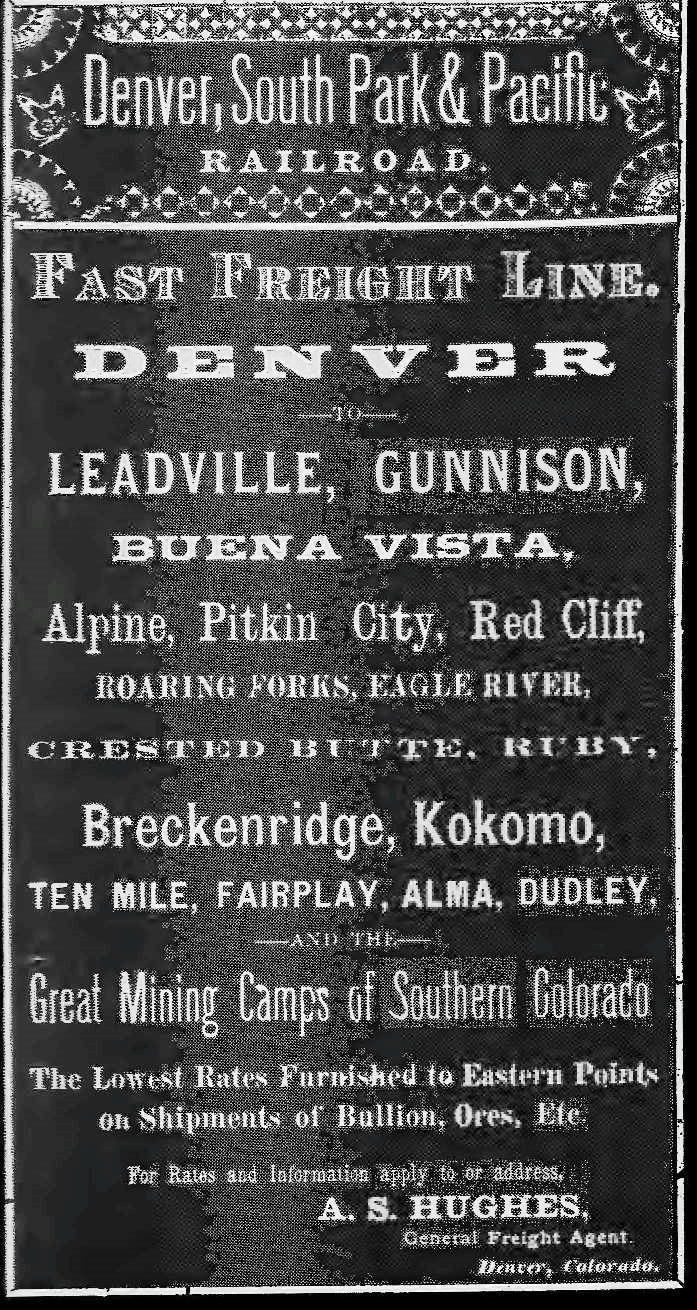 The UP mismanagement was
now gone and the C&S was profitable, at least for a while. The
C&S re-numbered all locomotives and rolling stock in 1899 and again
in 1911 -- some cars carried four different road
numbers in their relatively short lifespans.
The UP mismanagement was
now gone and the C&S was profitable, at least for a while. The
C&S re-numbered all locomotives and rolling stock in 1899 and again
in 1911 -- some cars carried four different road
numbers in their relatively short lifespans.
By 1908, the Chicago,
Burlington and Quincy (later Burlington Northern) controlled the C&S and
developed some new standard gauge lines to compete with other
mainline roads southward from Denver. Narrow gauge nuts like me tend
to ignore this phase of C&S history.
C&S continued to run
the narrow gauge to Gunnison until 1910, and to Leadville until
1937. Portions of the Gunnison branch were leased to the D&RGW, some
of which ran until 1954.
Abandonment began in earnest in 1937 and
continued until 1943 with the last narrow gauge train from Climax to
Leadville, ending the narrow gauge rule over
the South Park Lines. Standard gauge traffic fed molybdenum over
this 14 mile route for the war effort, and off-and-on after that into the
1970's.
Today, that section of the
old DSP&P Highline between Leadville and Climax is operated as a
standard gauge tourist railroad, called the Leadville, Colorado and Southern
Railroad.
 South
park RouteS
South
park RouteS
The first track laid ran from Denver south to Sheridan, then west to
Morrison. Later the line was known as the Morrison Branch.
The South Park mainline ran from Union Station in Denver, through
Sheridan, up the valley of the
South Platte River to the town of South Platte, then followed the
North Fork of the South Platte through Buffalo Creek and Baileys.
West of Baileys, the route ran along North Fork and through the north
end of the Tarryall Mountains, through Webster, across Kenosha Pass,
to Jefferson and Como, a distance of 88.2 miles by
rail.
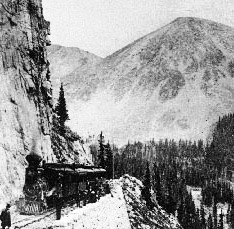 From Como, the mainline traversed South Park to Garos, where a spur went northward to
Fairplay and Alma (also known as London Mills).
From Como, the mainline traversed South Park to Garos, where a spur went northward to
Fairplay and Alma (also known as London Mills).
The mainline continued
south from Garos, over Trout Creek Pass to Schwanders where a small spur connected to Buena Vista.
Continuing southwest through Nathrop, St. Elmo, and Hancock, over the southern
end of the Sawatch Range, the mainline travelled through the Alpine Tunnel to Pitkin, then
west to Gunnison at milepost 208 (measured from Denver).
A short branch line connected to mines at Baldwin, north of Gunnison.
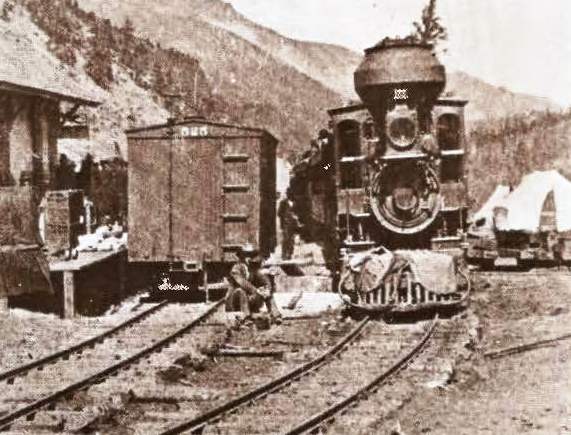 Back at Como, the principal branch line,
known as the Highline,
went north over Boreas Pass to Breckenridge, Dillon,
and Keystone, then turned south to Frisco, Climax, and finally Leadville at milepost 151.3.
It crossed the Continental Divide twice, once northbound over Boreas
Pass en route to Breckenridge and again southbound on Freemont Pass
en route to Climax and Leadville.
Back at Como, the principal branch line,
known as the Highline,
went north over Boreas Pass to Breckenridge, Dillon,
and Keystone, then turned south to Frisco, Climax, and finally Leadville at milepost 151.3.
It crossed the Continental Divide twice, once northbound over Boreas
Pass en route to Breckenridge and again southbound on Freemont Pass
en route to Climax and Leadville.
Scheduled passenger trains took 8 hours to travel Denver to
Leadville. The time-freight took 12 hours and a way freight could
take two days.
See
Detailed Maps of Yards, Sidings, and Branch
Lines HERE
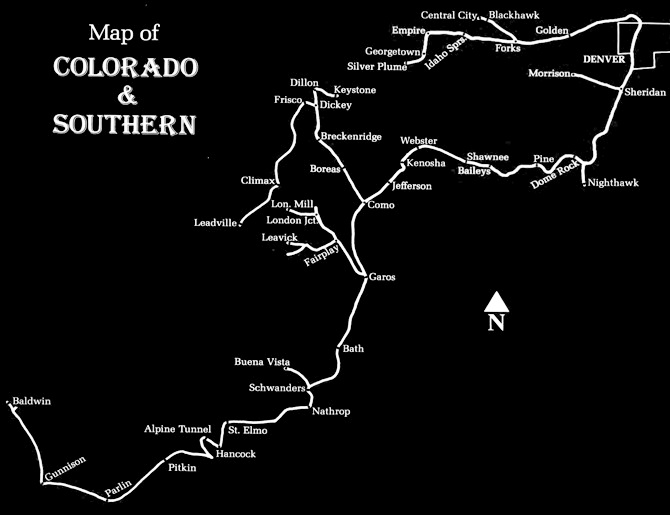
Route map of the Denver, South
Park and Pacific Railway from Denver to Gunnison with the important
side trip to Leadville. The DSP&P was reorganized into the Denver,
Leadville and Gunnison in 1889. The line straight west from Denver
to Georgetown and Silver Plume was the Colorado Central Railway. The
CC was reorganized in 1889 to become the Union Pacific, Denver
and Gulf (although the line never aimed for the Gulf of Mexico). The
DL&G and UPD&G were merged in 1899 to form the Colorado and Southern.
 South
park
Construction
South
park
Construction
Grading began in August 1873 from Denver to Morrison. The first
rails were laid on 18 May 1874. On 20 June 1874, the tracks reached
Morrison, and on 03 July 1874, scheduled service began between
Denver and Morrison with two round-trip mixed trains per day.
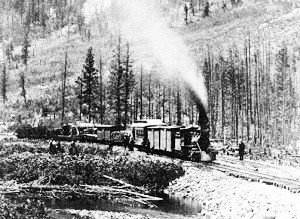 From
1874 until 1878, the company progressed slowly on its mainline,
using a series of different construction companies as it struggled
to remain solvent. The tracks finally reached the mouth of the
Platte Canyon on 04 May 1878, 20 miles from Denver, and by 02 June
1878, the tracks reached 12 miles up the canyon. The tracks reached
Buffalo Creek on 17 June 1878. The following year, on 19 May 1879,
the tracks reached to the summit of Kenosha Pass and on 27 June 1879
they reached Como.
From
1874 until 1878, the company progressed slowly on its mainline,
using a series of different construction companies as it struggled
to remain solvent. The tracks finally reached the mouth of the
Platte Canyon on 04 May 1878, 20 miles from Denver, and by 02 June
1878, the tracks reached 12 miles up the canyon. The tracks reached
Buffalo Creek on 17 June 1878. The following year, on 19 May 1879,
the tracks reached to the summit of Kenosha Pass and on 27 June 1879
they reached Como.
In November 1879, with
the tracks only as far as South Park, the company contracted for the
initial construction of the Alpine Tunnel, with an expected
completion date of 01 July 1880. The following month, the tracks
reached to the summit of Trout Creek Pass. That same year, work
began on the branch line, the "High Line", to Leadville, and on 02
July 1880, the first train arrived in Leadville.
 The
Alpine Tunnel broke through on 26 July 1881, a full year later than
planned. The mainline reached Gunnison the following year in 1882.
The
Alpine Tunnel broke through on 26 July 1881, a full year later than
planned. The mainline reached Gunnison the following year in 1882.
The Colorado and Southern
started dismantling in 1910, with the closure of the Alpine Tunnel.
In 1930, the C&S attempted to shut down the mainline through the
Platte Canyon, due to a decrease in revenue and traffic. The last
freight and passenger trains between Denver and Leadville operated
in April 1937, and on 10 April 1937, the South Park Line officially
closed. The last regular freight train operated between Denver and
Como on 25 April 1937.
The last narrow gauge
section, between Leadville and Climax, was converted to standard
gauge on 25 August 1943, connecting a number of mines to the
Chicago, Burlington and Quincy Railroad, the then owners of the C&S.
 South park TRACKWORK - HARPS AND STUBS
South park TRACKWORK - HARPS AND STUBS
A distinguishing characteristic of DSP&P
era photos is the ubiquity of the so-called "harp" style switch
stands and the stub switches they controlled. Harps were also
used by the D&RG and many other standard and narrow gauge
railways before the turn of 20th century.
 South
Park TRACKWORK - Stub Switches
South
Park TRACKWORK - Stub Switches
Trackwork on marrow gauge
lines in theearly 1880s was very light-weight compared to
today's mainline standards. For example, raiks were 40 to 45
pouvds per yard versus 120 to 140 pounds for a high speed
mainline of the 1980s and later.

A slice of DSP&P rail from Alpine Tunnel, 3-3/8 inches
tall, 3-5/8 inches wide at the base. The width of the base
and the height of the rail in the late 1880's era were
equal, so this slice of rail shows moderate wear. According
to ACME tables, it came from rail that weighed 45 pounds per
yard.
Stub switches were common on many railways of the 1880's and
the DSP&P was no exception. Some stub switches survived well
into the mid-1900's on industrial spurs in various parts of
North America.

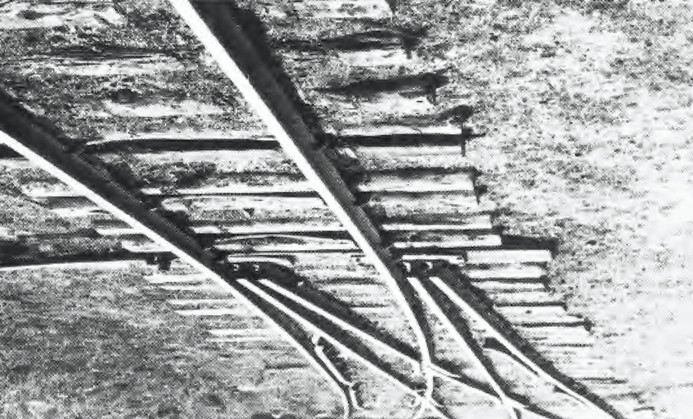
A two-way stub switch (left) and a
three-way stub switch (right) in the Como yard. The lead
tracks are shifted sideways to line up with the desired
route using a switch stand (rotary or harp-style). The term
often used was "bending the rails" although the rail was
never actually bent, just shifted at one end and pivoting at
the fixed end. These switches needed a lot of housekeeping
under winter conditions.

Stub switcges in Como yard with the 6-stall stone roundhouse
in the background.
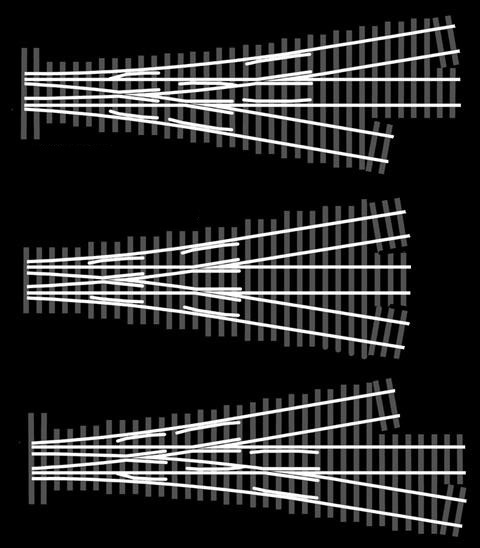
Examples of some 3-way stub switches
showing location of frogs and guard rails.
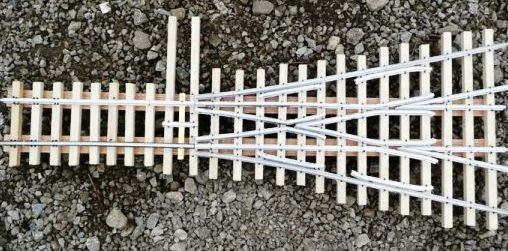
Layout of ties on a typical 3-way stub switch.
 South
Park Trackwork - HARP SWITCH STANDS
South
Park Trackwork - HARP SWITCH STANDS
The DSP&P used two different styles; the early versions had the
railway's initials "DSP&PR"cast into the housing. After the
Union Pacific take-over in 1885, they started to use a somewhat
different style with the letters "18 UP Ry 83" cast into the
housing. Some very early harps may have been fabricated instead
of cast.
These switch stands were used on both 2- and 3-way stub
switches. The target on the lever arm leaned away from the
direction of the turnout, or stood vertically for the straight
through run on athree-way switch. The target was painted red or
yellow, and some illustrations show them as circles painted red
on a white background. The overall height of the harp was about
3 feet and overall length of the lever arm was about 6 feet.

Photo of a DSP&P harp style switchstand on a stub turnout at
Jefferson water tank, probably circa 1880's.


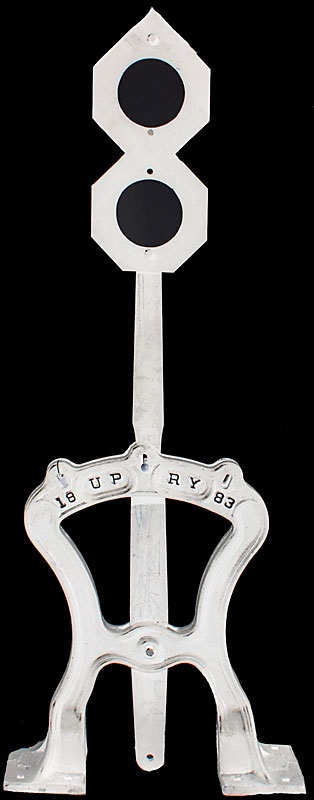
Extract from Phillip Ronfor's "Night Train"
(left), showing
the DSP&P harp switch stand.
One-sixth scale model (center) has 3 slots on the top edge
of the harp to position the lever arm, which is locked in
place with a key placed in the slot. The UP version (right)
has 3 holes instead of slots to lock the lever arm, giving
rise to 3 bumps on the top edge of the harp. The model was
produced in the 1970's (author's collection). The height of
the model's harp is 6" and the lever arm is 16" from the
pivot to the tip of the target.
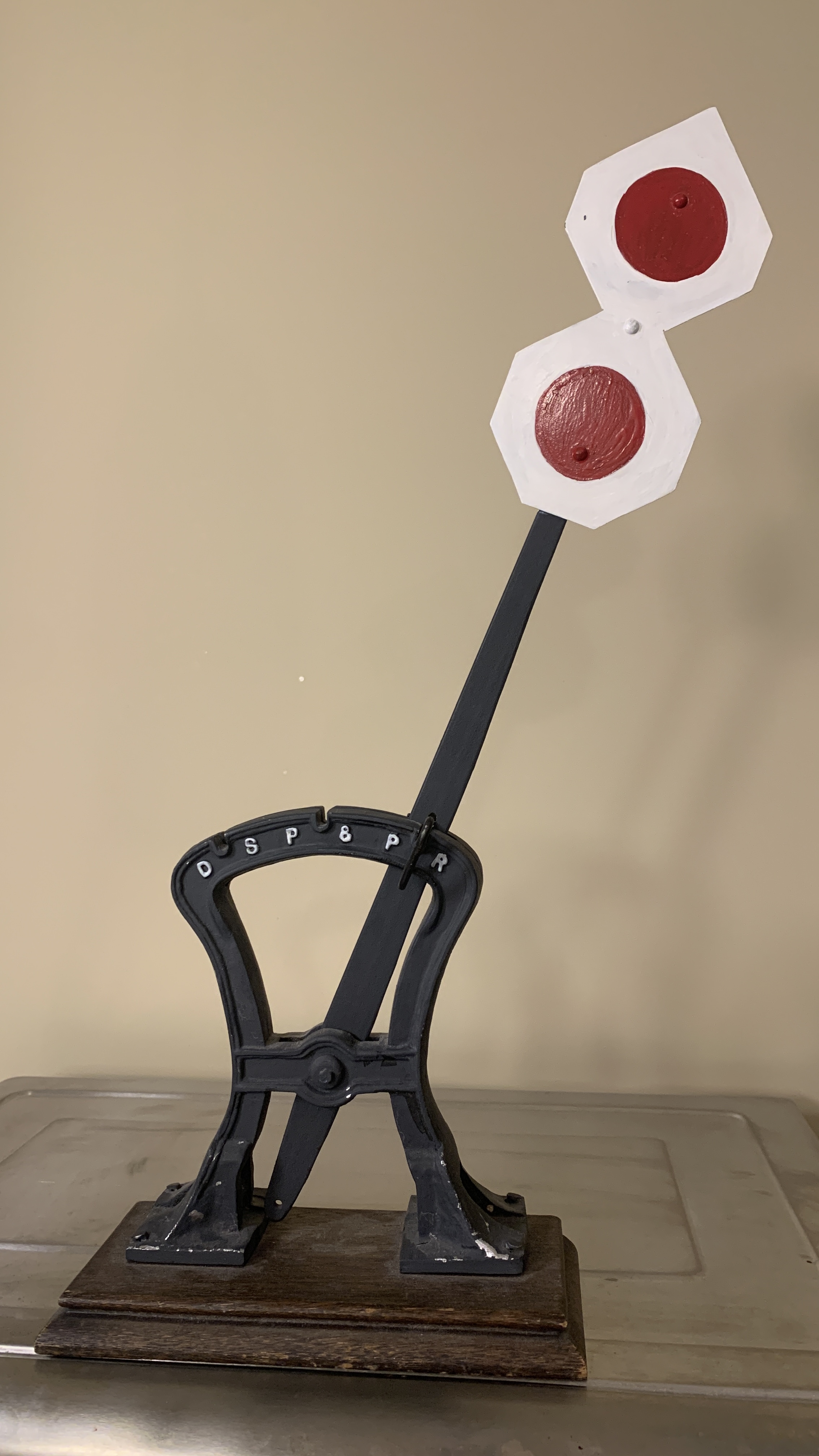
Use "Save Picture As" to capture this hi-res image.
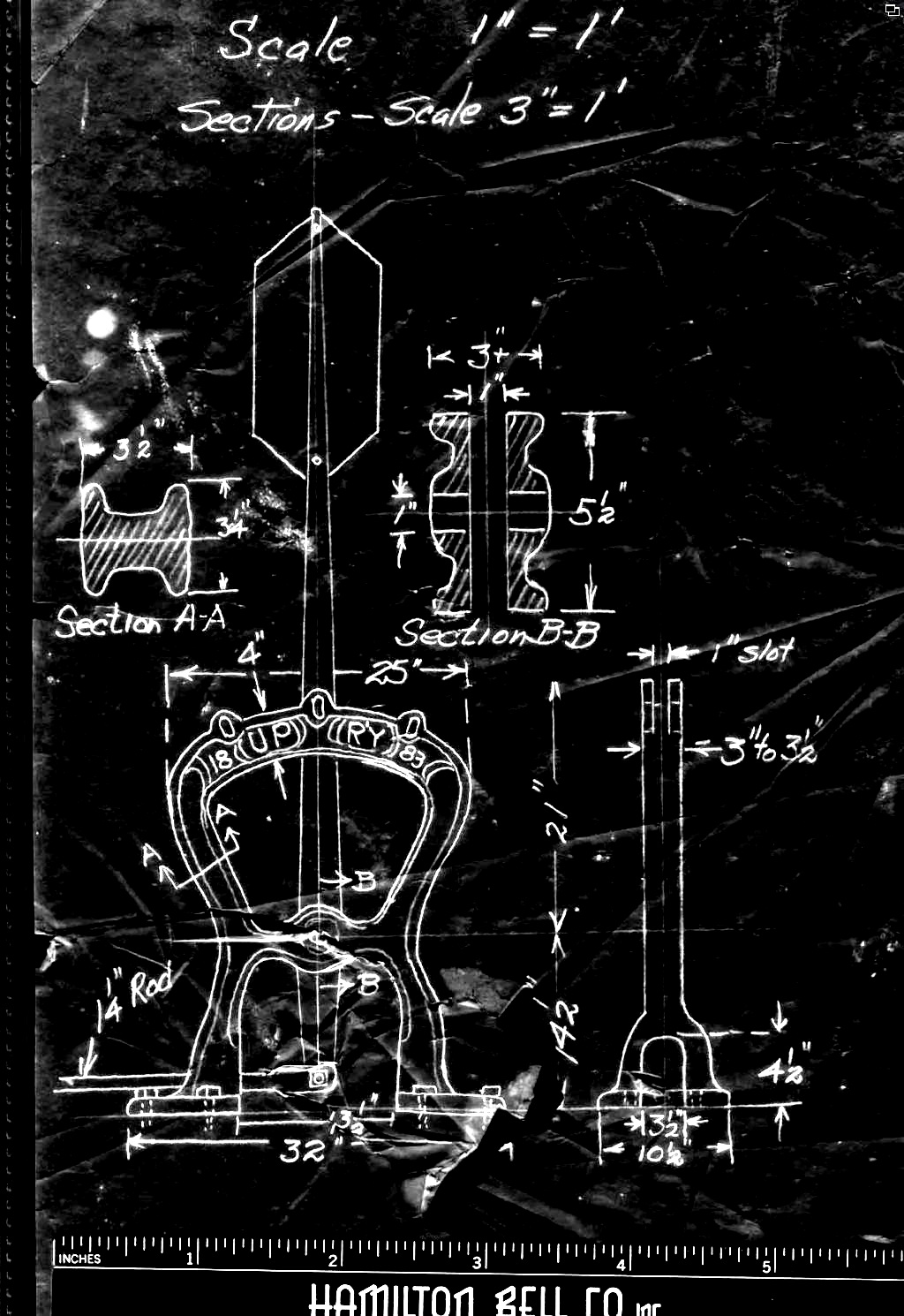
Richard Kindig's drawing of the UP style harp switch stand
is somewhat different than the UP version shown earlier.
This one shows a wider harp profile with lots of curlycues
in the casting. The lever arm on this plan is about 6 feet
tall.
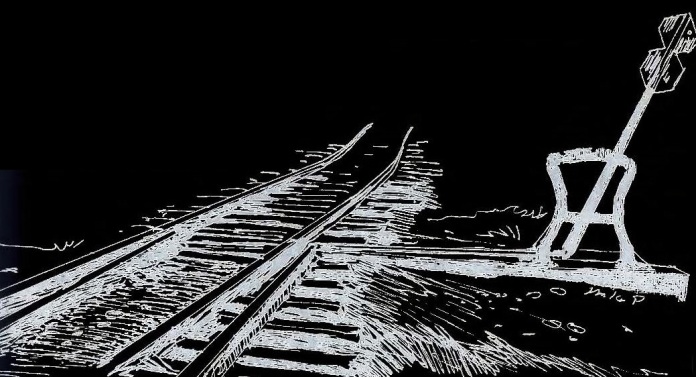
 The
only large scale harp switch stand on the market that I know
of is Ozark Miniatures #107 switch stand. I haven't used any
yet but they might dress up my (non-stub) LGB switches. Here
is the photo from their website, enhanced a bit for clarity.
The
only large scale harp switch stand on the market that I know
of is Ozark Miniatures #107 switch stand. I haven't used any
yet but they might dress up my (non-stub) LGB switches. Here
is the photo from their website, enhanced a bit for clarity.
 Mal Ferrell's sketch from the index page of his book "C&Sng".
Mal Ferrell's sketch from the index page of his book "C&Sng".
 South park Early Photos - trains in action - 1875 to 1890
South park Early Photos - trains in action - 1875 to 1890
Photos that
show complete trains are difficult to take at the best of times.
Back in the 1880's, the trains had to stop and pose for
photographer/s, usually with some extremely interesting scenery
in the background. With some cropping, contrast improvement, and
enlargement, the sense of the actual train comes into view a
little better.
Here are a somw images that give an impression
of South Park trains in action and the terrain they traveled
through. I have chosen mostly those that portray the 1880 to
1889 era, before the railway changed its name to Denver,
Leadville and Gunnison Railroad. Other pages on this
website show closeups of individual locomotives, passenger cars,
freight cars, and cabooses (waycars).
See
South Park Trains In Colour HERE.





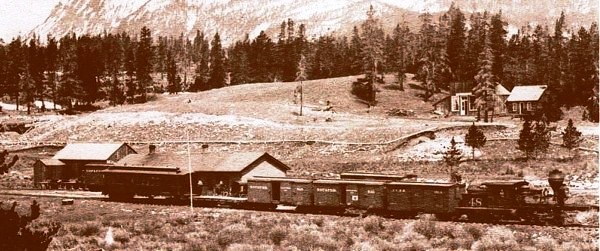
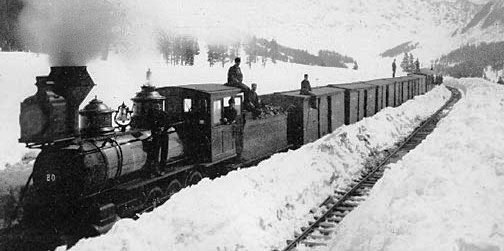
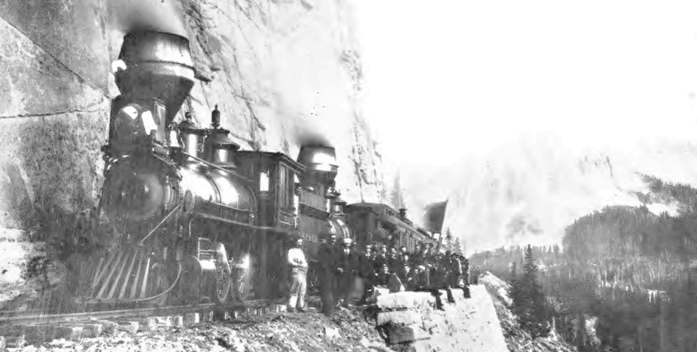


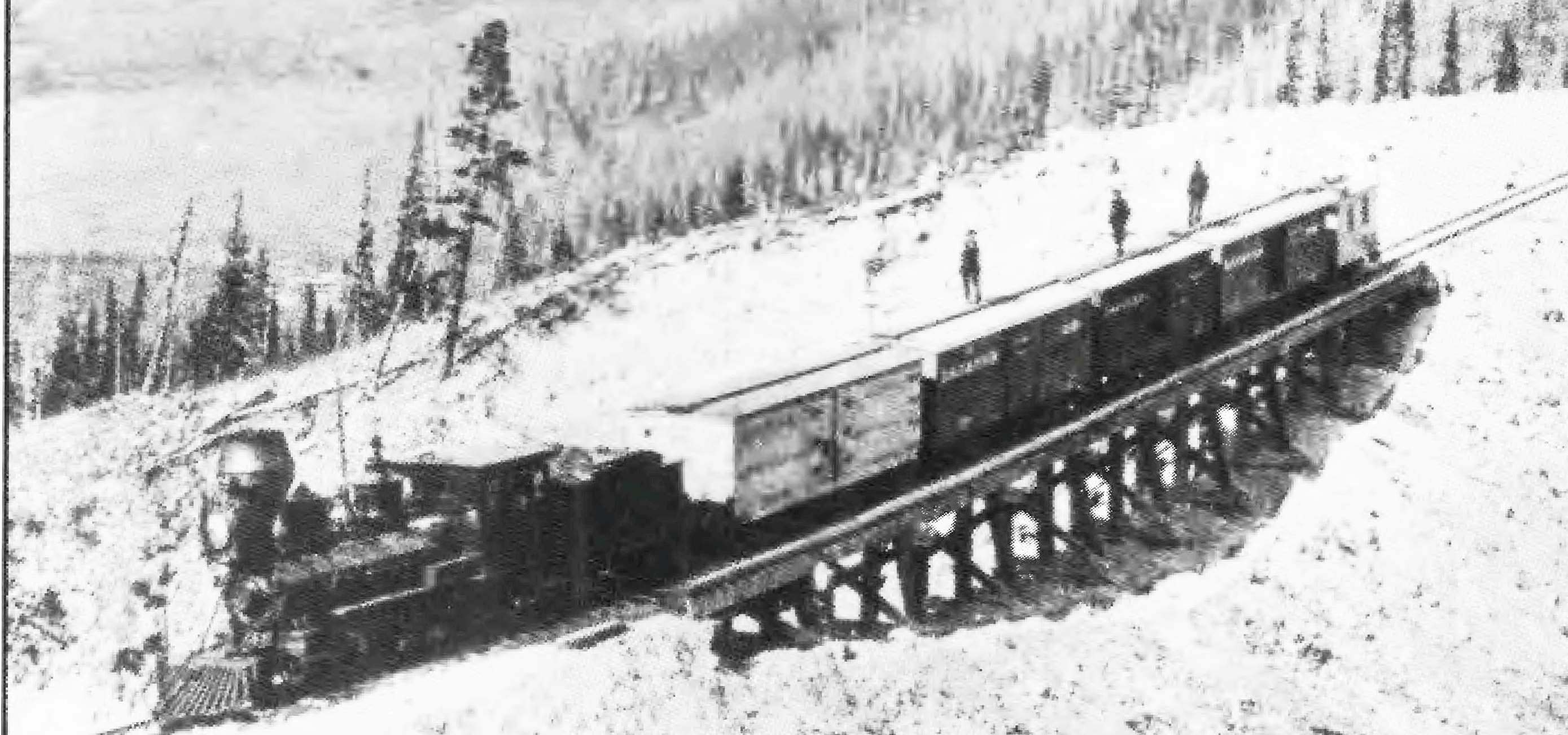



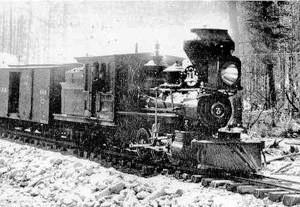

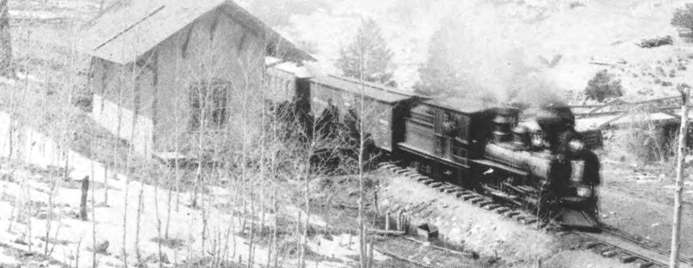

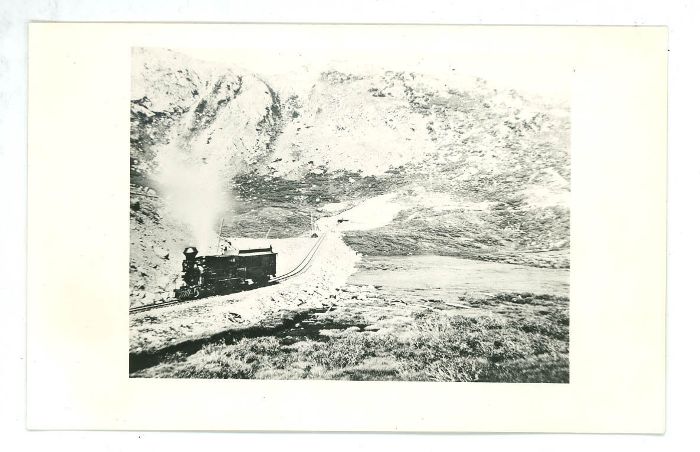
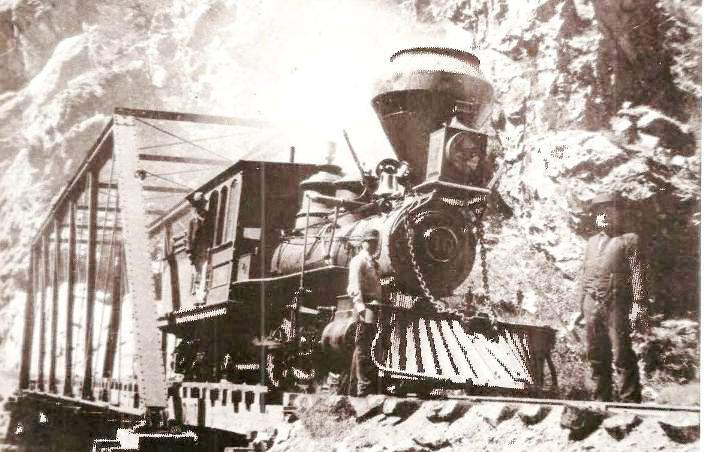

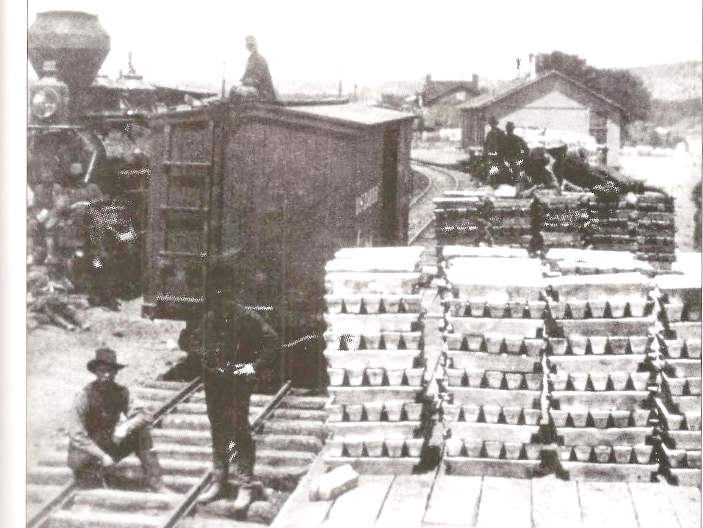
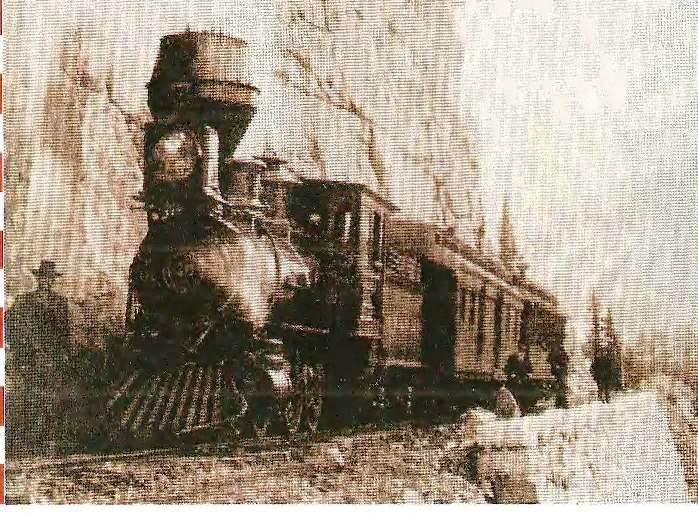

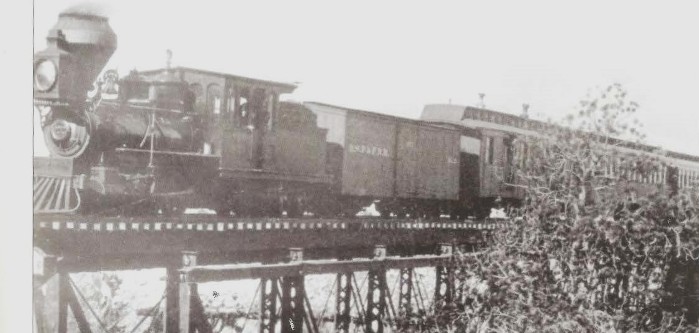

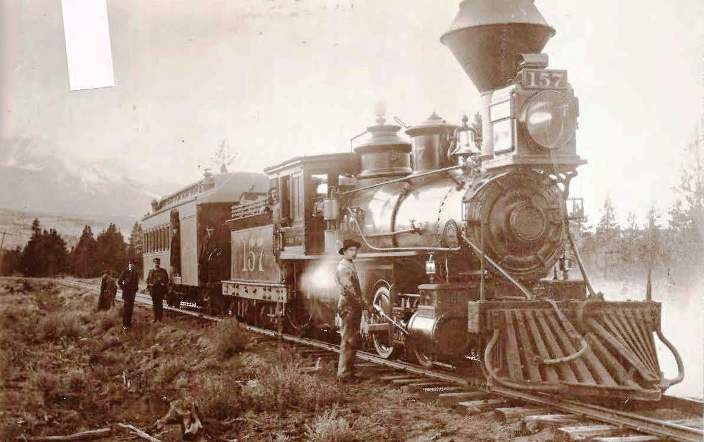
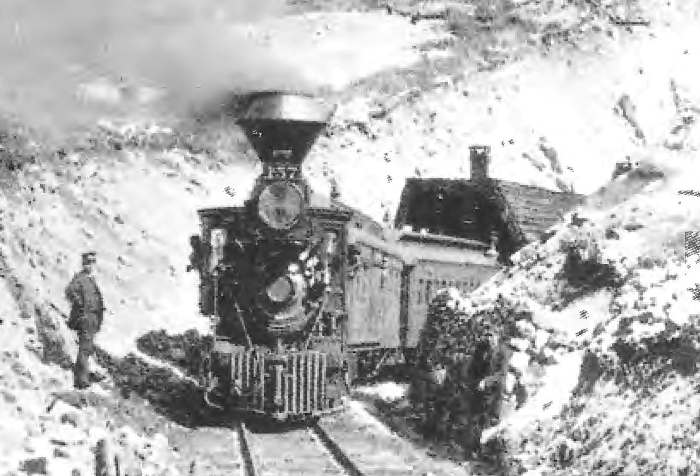



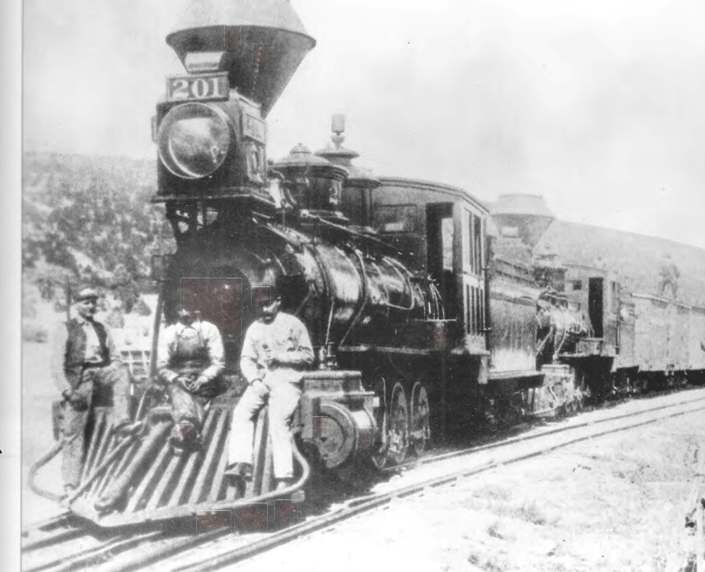
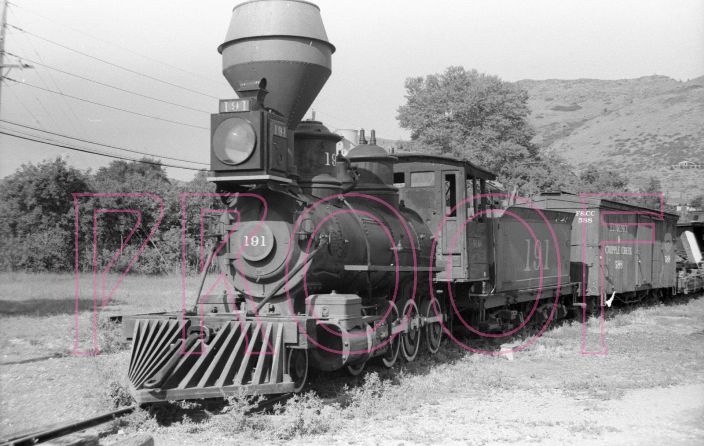



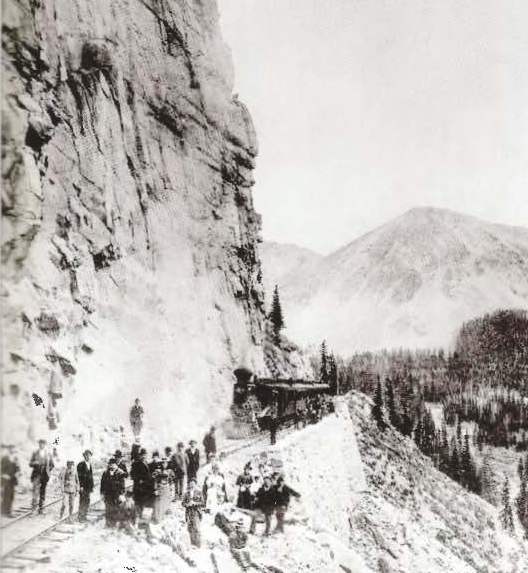
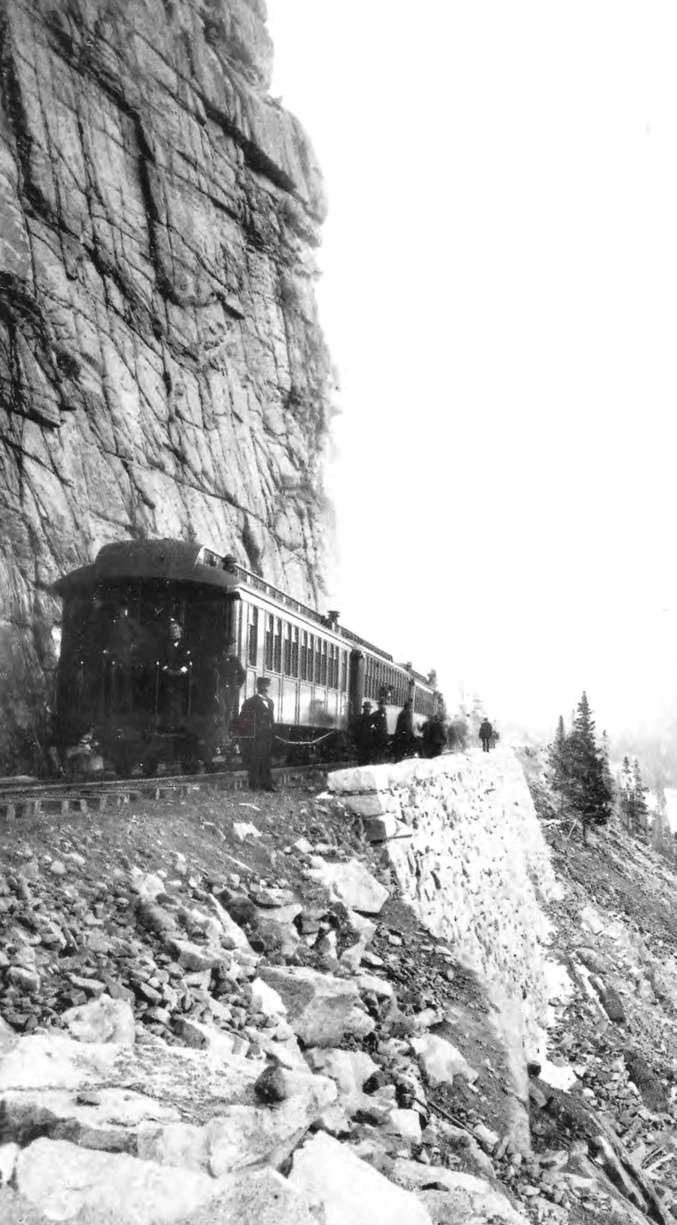

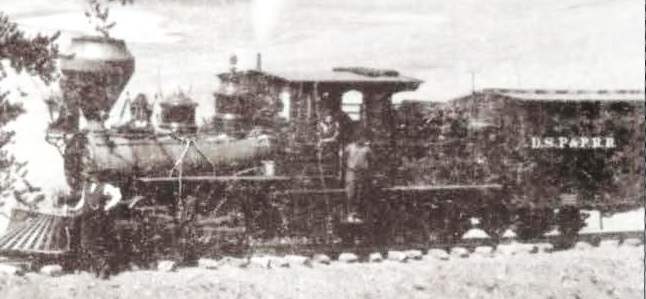




 South Park
Timetables, Schedules,
Certificates, Passes
South Park
Timetables, Schedules,
Certificates, Passes
Some people collect model trains,
or books, or artwork, depicting their favourite railways.
Some people collect paper momentos. Here are reproductions of a
few such articles for your enjoyment, gathered from various
sources. Take a look at the fancy fonts and engraved artwork!
Collecting railway passes, like
collecting stamps, is an interesting hobby in its own right.
There are many variations in the design and signatures across
the years. Some are quite rare and expensive, spme more
affordable but still desirable.
Other collectibles include
freight waybills, train orders, maintenance work orders and
other ephemora of railroad operations.
 DSP&P Timetables
DSP&P Timetables
 1880
1880
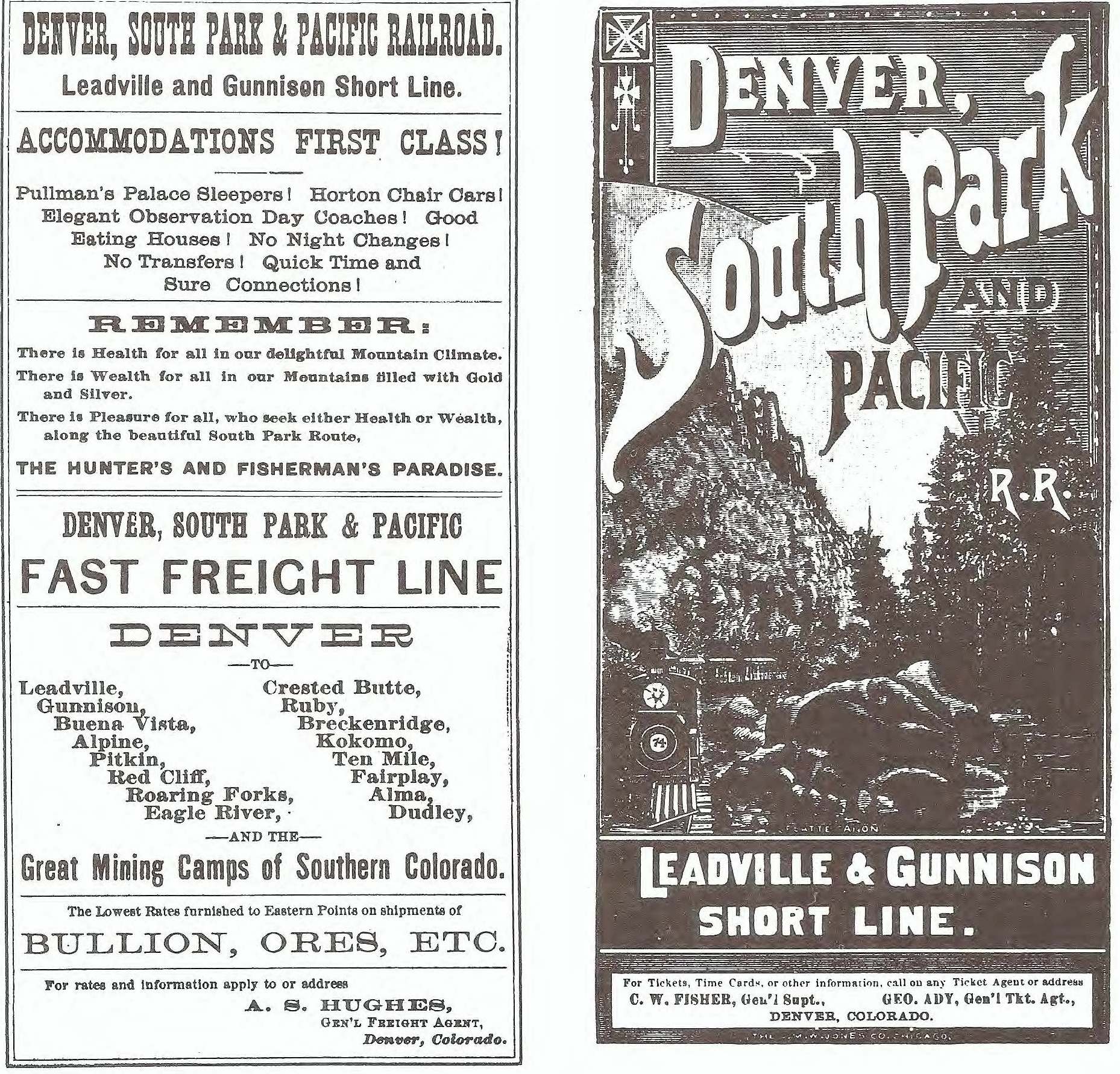
1880 front cover and back cover
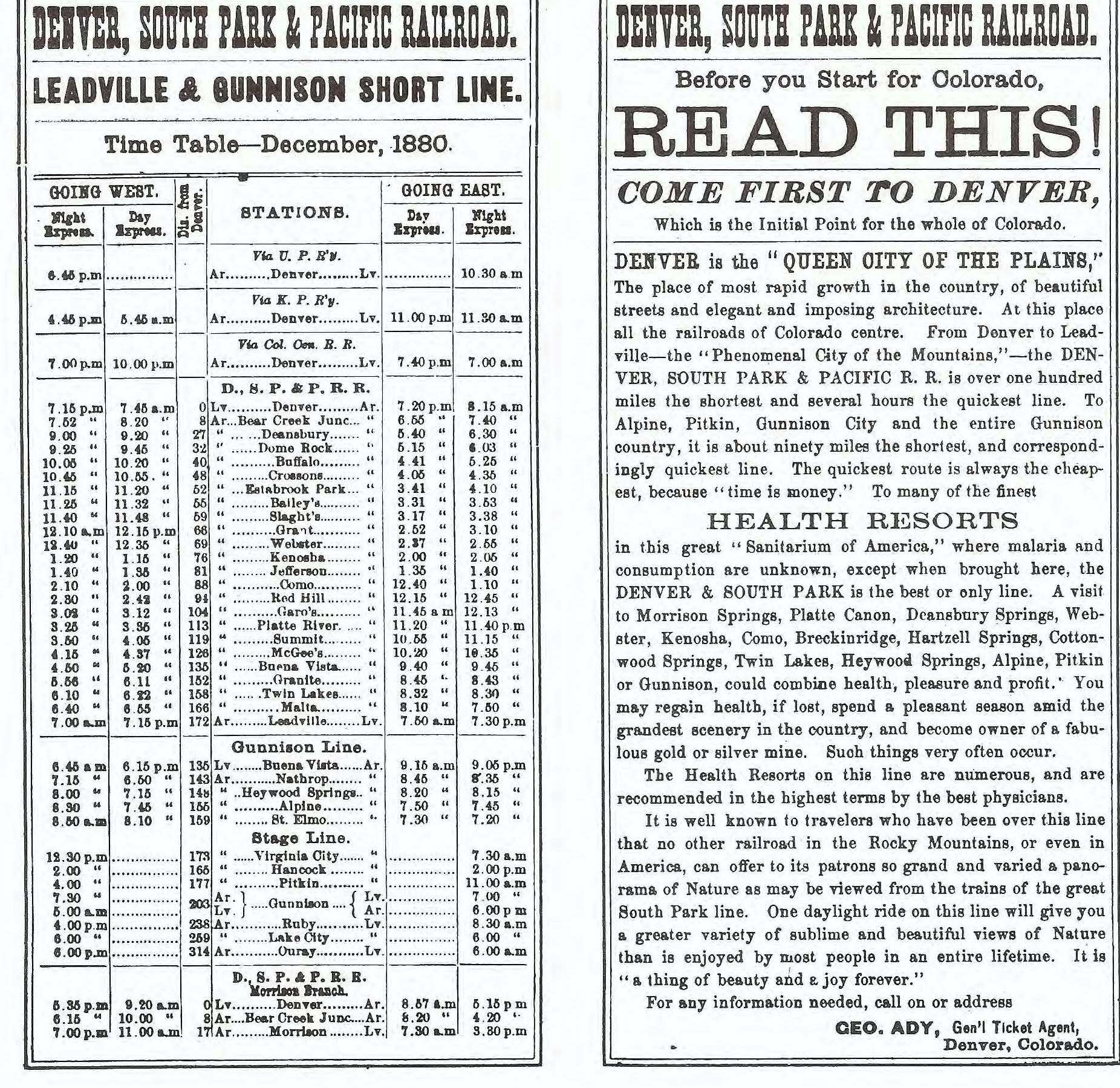
1880 inside with timetable
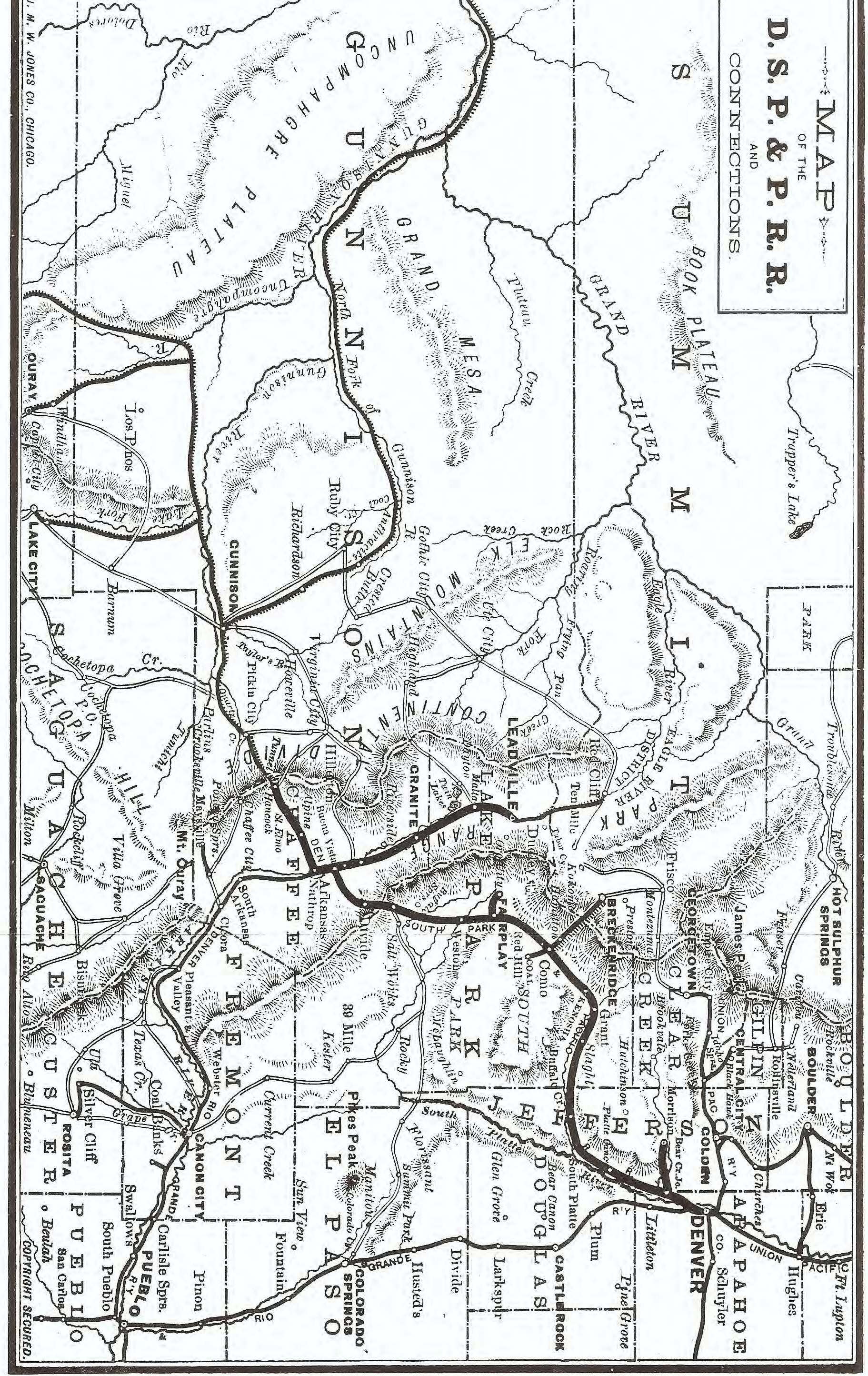
1880 interior fold-out map
 1884
1884
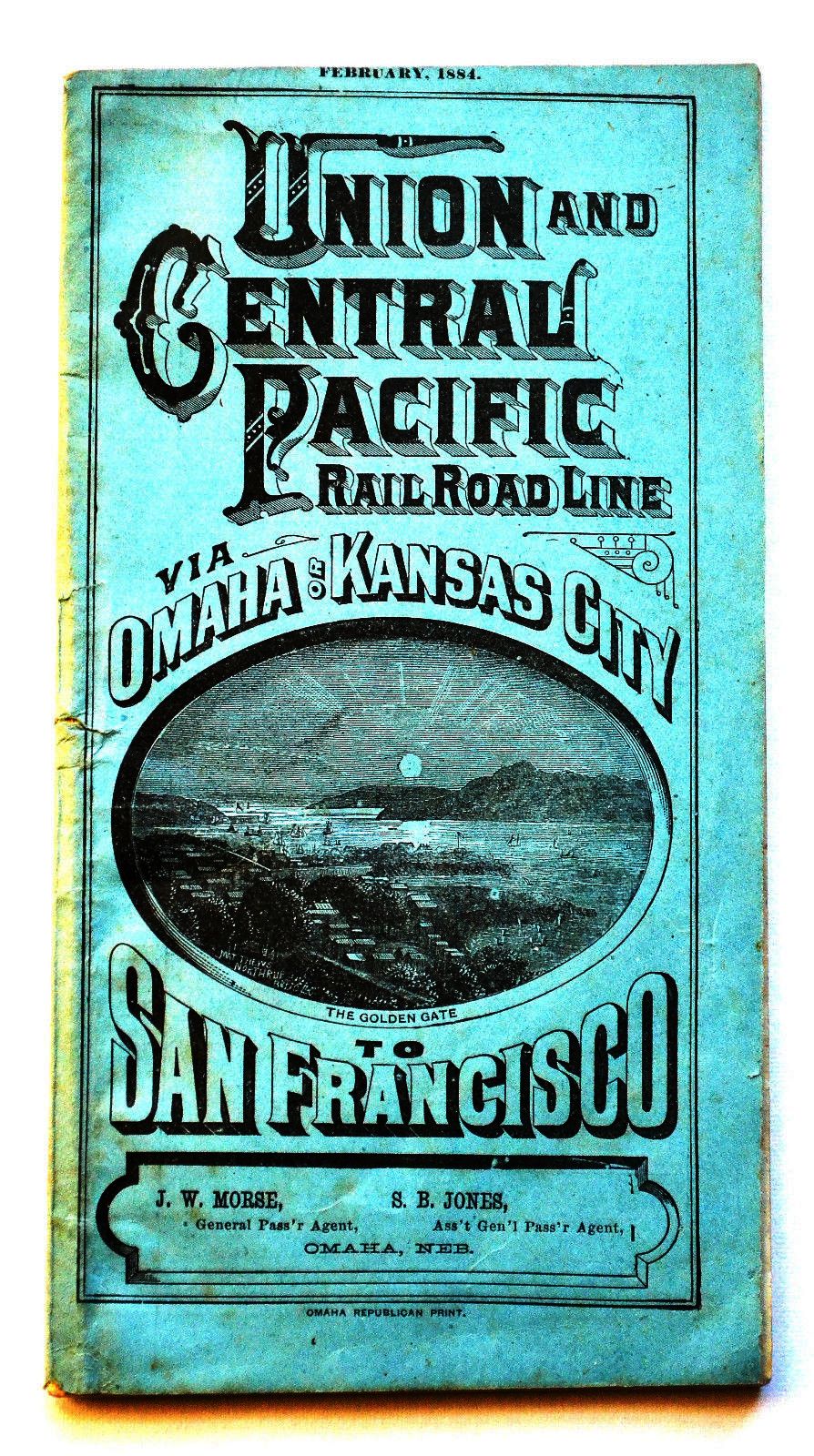 1884 Cover from Union Pacic Timetable (enlarged)
1884 Cover from Union Pacic Timetable (enlarged)

1884 DSP&P Schedule
(enlared and inverted for clarity)
 1885
1885

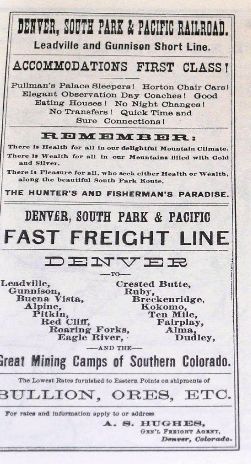
1885, front cover with DSP&P Mogul #74, back cover tells the whole story

1885 Inside
 1887
1887

1887 outside
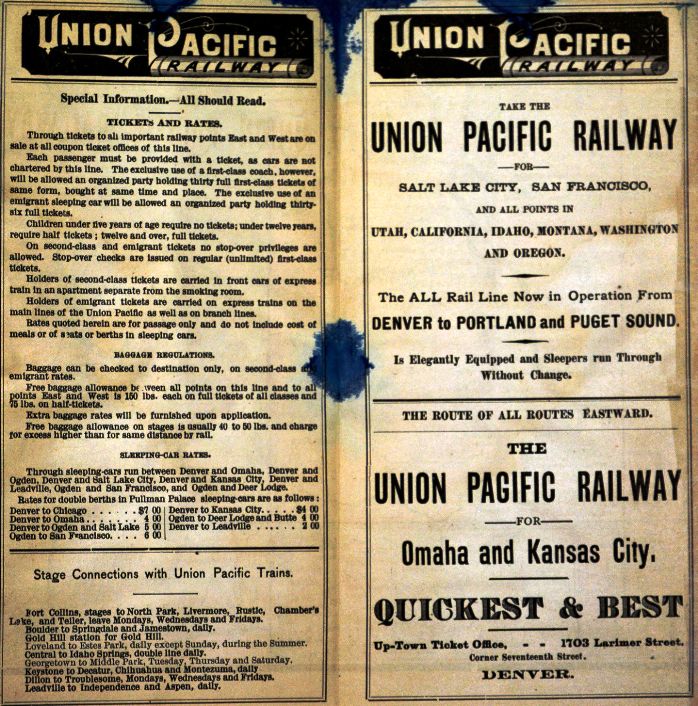
1887 Inside
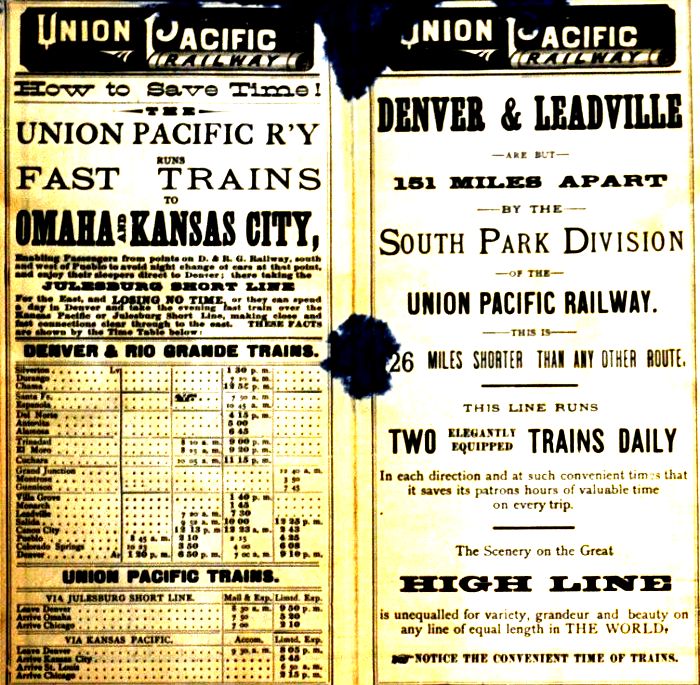
1887 Inside Timetable
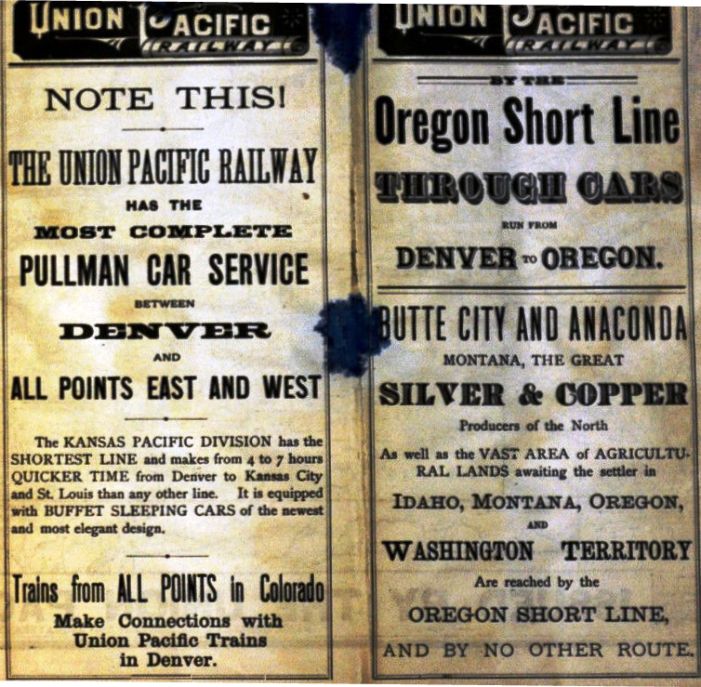
1887 Inside Pull-out
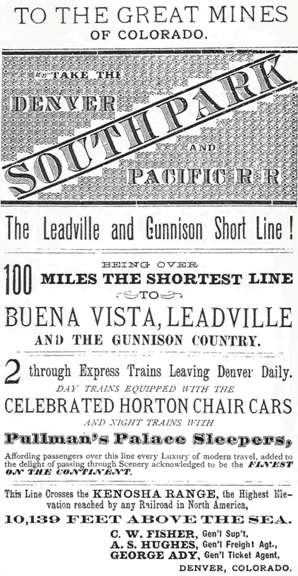

1888 and 1898
 South
Park Schedule 1880
South
Park Schedule 1880
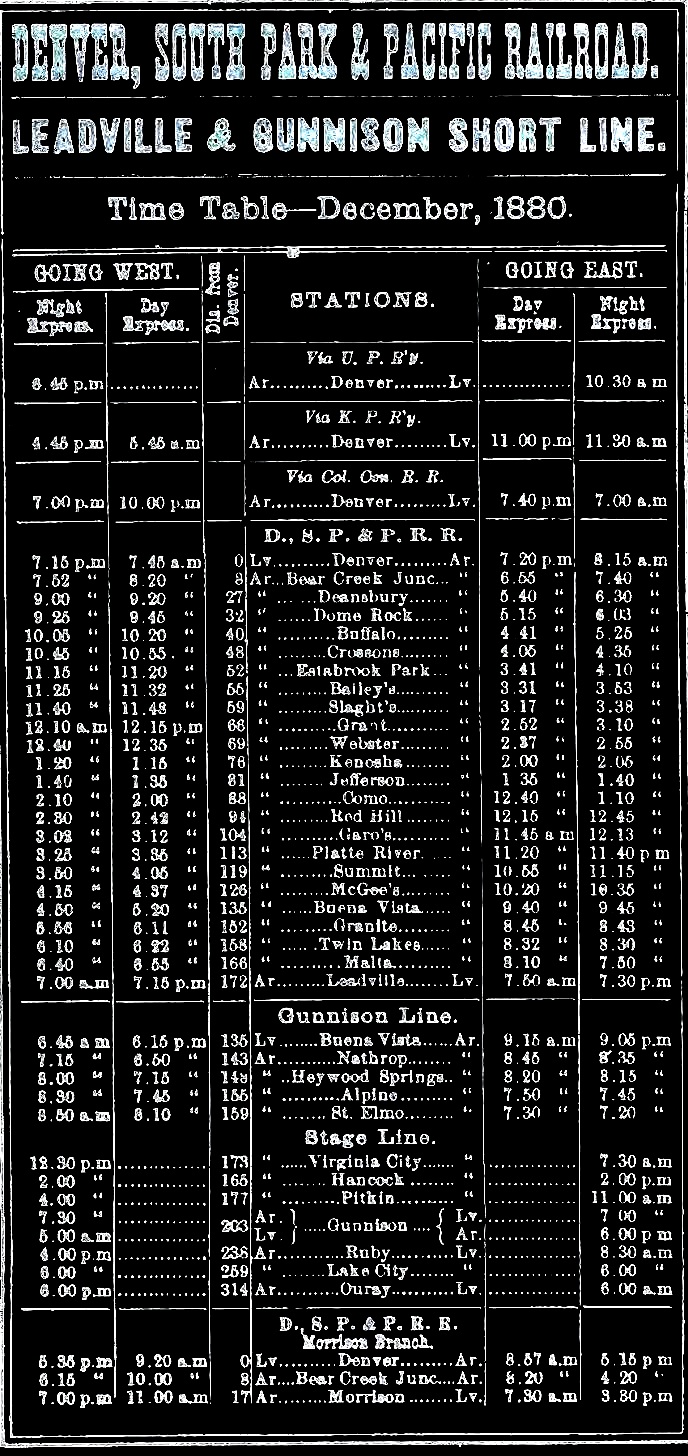
 DSP&P Schedule 1889
DSP&P Schedule 1889
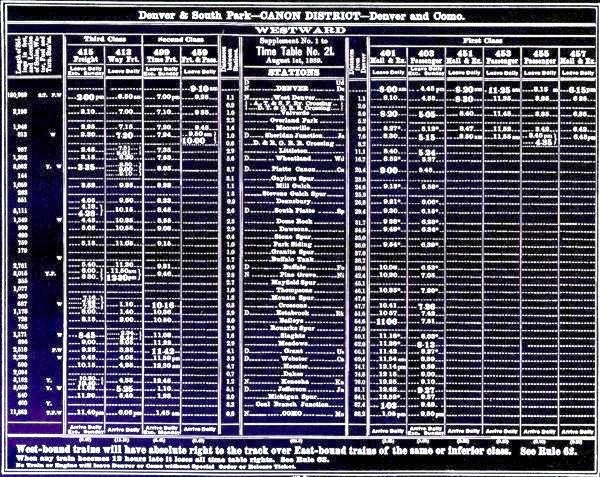

 South
Park
Certificates circa 1889
South
Park
Certificates circa 1889
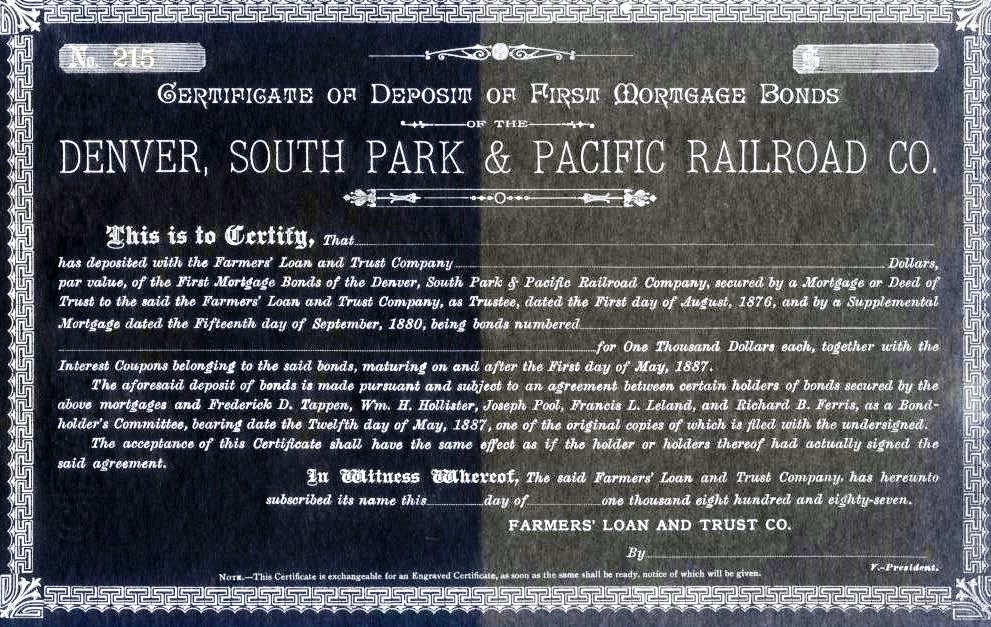
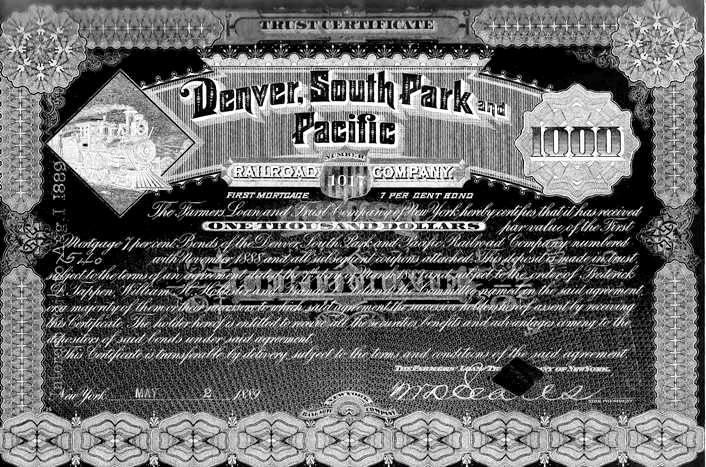
 South
Park
Travel Passes
South
Park
Travel Passes

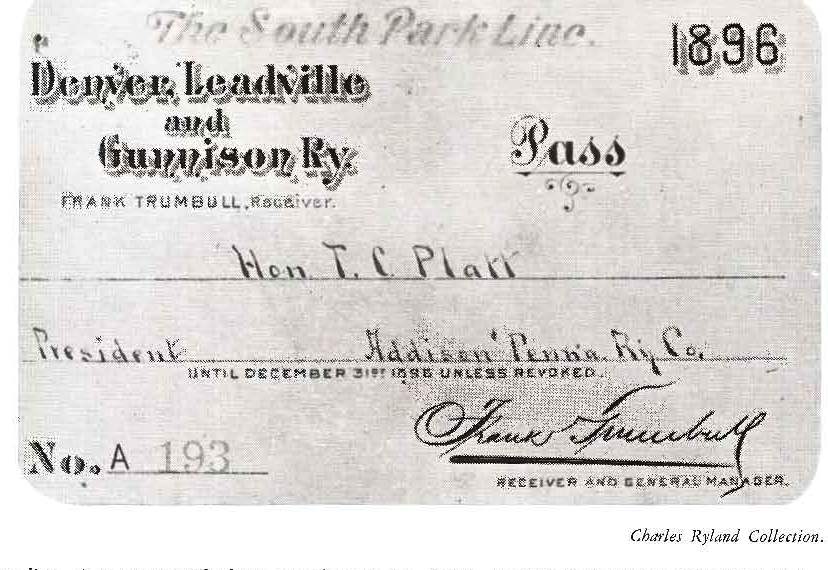
DSP&P One Trip Pass 1879
DL&G Pass 1896


DL&G 1895


DL&G 1895 Two colour drop shading on front



 South
Park
BILLS OF LADING
South
Park
BILLS OF LADING

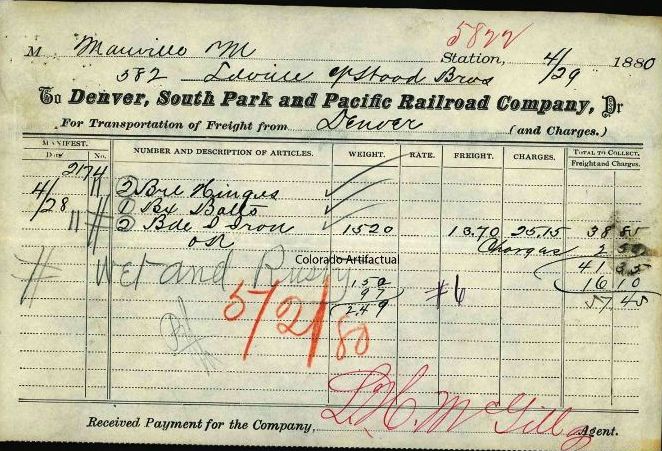




 Not much equipment was
acquired during the slow period between 1874 and 1878. Then new
money and the prospect of profits from shipping silver ore brought
14 brand new 2-6-6T Mason Bogie locomotives in 1878. These were
numbered 3 through 16, and had names assigned that disappeared in
later years. Nine passenger cars
from Barney and Smith (6 built by DSP&P at Denver) arrived in
1878 and early 1879.
Not much equipment was
acquired during the slow period between 1874 and 1878. Then new
money and the prospect of profits from shipping silver ore brought
14 brand new 2-6-6T Mason Bogie locomotives in 1878. These were
numbered 3 through 16, and had names assigned that disappeared in
later years. Nine passenger cars
from Barney and Smith (6 built by DSP&P at Denver) arrived in
1878 and early 1879.

 DSP&P
Corporate History
DSP&P
Corporate History In
1894, the DL&G went into receivership and successfully emerged in
1899 as a profitable enterprise. The Union Pacific, Denver and Gulf Railroad,
previously the Colorado Central, running over the Georgetown Loop to
Silver Plume, also came out of receivership in late 1898. The DL&G and UPD&G were then merged to
become the Colorado and Southern Railway.
In
1894, the DL&G went into receivership and successfully emerged in
1899 as a profitable enterprise. The Union Pacific, Denver and Gulf Railroad,
previously the Colorado Central, running over the Georgetown Loop to
Silver Plume, also came out of receivership in late 1898. The DL&G and UPD&G were then merged to
become the Colorado and Southern Railway. The UP mismanagement was
now gone and the C&S was profitable, at least for a while. The
C&S re-numbered all locomotives and rolling stock in 1899 and again
in 1911 -- some cars carried four different road
numbers in their relatively short lifespans.
The UP mismanagement was
now gone and the C&S was profitable, at least for a while. The
C&S re-numbered all locomotives and rolling stock in 1899 and again
in 1911 -- some cars carried four different road
numbers in their relatively short lifespans. From Como, the mainline traversed South Park to Garos, where a spur went northward to
Fairplay and Alma (also known as London Mills).
From Como, the mainline traversed South Park to Garos, where a spur went northward to
Fairplay and Alma (also known as London Mills). 


 The
Alpine Tunnel broke through on 26 July 1881, a full year later than
planned. The mainline reached Gunnison the following year in 1882.
The
Alpine Tunnel broke through on 26 July 1881, a full year later than
planned. The mainline reached Gunnison the following year in 1882.











 The
only large scale harp switch stand on the market that I know
of is Ozark Miniatures #107 switch stand. I haven't used any
yet but they might dress up my (non-stub) LGB switches. Here
is the photo from their website, enhanced a bit for clarity.
The
only large scale harp switch stand on the market that I know
of is Ozark Miniatures #107 switch stand. I haven't used any
yet but they might dress up my (non-stub) LGB switches. Here
is the photo from their website, enhanced a bit for clarity.








































































